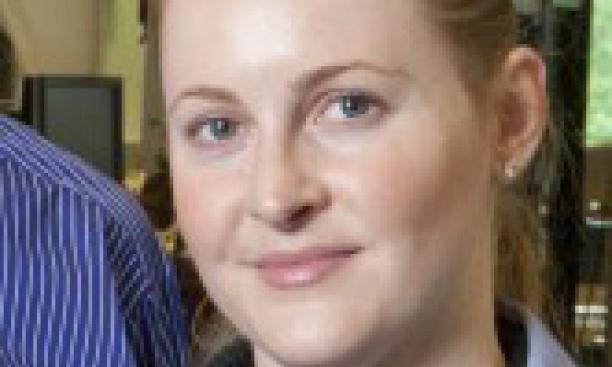
Emily Cole *09 is a chemistry Ph.D. working on ways to convert carbon dioxide into dozens of other chemicals for commercial use. Jonathan Viventi â03 *04 is a biomedical engineer whose research could improve the medical communityâs understanding of epilepsy. While their work seems unlikely to cross paths, Cole and Viventi do share one notable distinction: Both are included in the annual MIT Technology Review list of 35 Innovators Under 35,

Cole, the chief science officer of the start-up Liquid Light, began her innovative research as a graduate student in the lab of Princeton professor Andrew Bocarsly, one of Liquid Light’s three founders. Building on earlier work published by Bocarsly, Cole developed new technology to convert carbon dioxide into additional chemicals, such as ethylene glycol, used in plastic bottles. Carbon conversion has become a hot topic because of its potential to reduce greenhouse gasses, and Liquid Light has secured funding from several venture capital firms.

Viventi, an assistant professor of computer engineering at New York University Polytechnic School of Engineering, has developed a thin, flexible, and implantable sensor that collects detailed data about electrical activity in the brain. So far, the technology has only been used in animals, but Viventi hopes it is an early step in the path to a device that could detect and arrest epileptic seizures, according to an NYU release, in the way that implanted defibrillators detect and treat irregular heartbeats.
